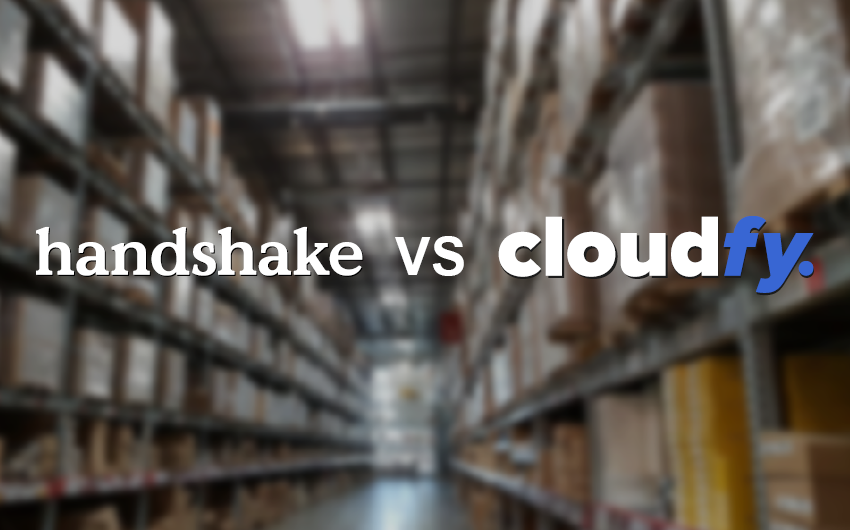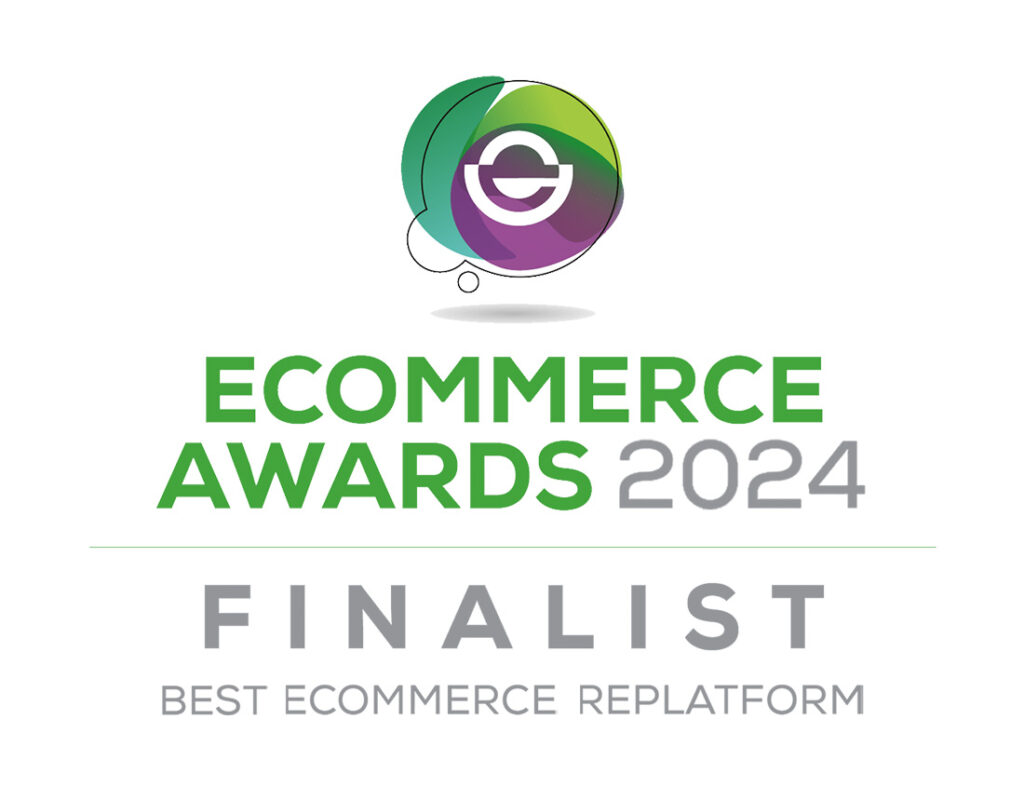B2B platforms ordering apphave different qualities, strengths and weaknesses. A lot of our prospective clients have been asking us about Handshake recently, and we thought it would be a good idea to examine some key differences between it and Cloudfy. Educated decisions are strategic decisions, so let’s take a deeper look.
Handshake background
Handshake developed its mobile app, Handshake Rep, for field sales teams to access their company’s product catalog and create orders at customer appointments and trade shows, even when they were working offline. Businesses could stay up to date and do away with their printed product catalogs.
There was also a Handshake B2B ecommerce portal for any-time web and mobile ordering. It provided a cross channel platform including bulk purchasing, catalog management, promotions and payments functionality. It was all powered by the Handshake Hub, which could be used for managing orders, updating products and pricing, and customizing Handshake.
Shopify acquired Handshake in 2019, reportedly for US $100 million. The move strengthened Shopify’s wholesale mobile business-to-business (B2B) ecommerce functionality and helped it compete with others providing integration with major enterprise systems like Microsoft Dynamics, NetSuite and SAP.
Since the acquisition, support for Handshake has been limited. In 2020 Shopify launched its own version of a Handshake marketplace to connect retailers and wholesale suppliers in the US.
If you’re an existing Handshake customer, you will need to consider whether migrating to the new-style Shopify marketplace is the best option for your business.
How does Shopify Handshake work?
Eligible businesses can create a profile or add listings in the marketplace for free, so it’s a good way to test the market. To become a Handshake supplier your business must be based in the US and have a Shopify Plus store with an order history and a payment provider already set up.
You must own your own brand rather than being a reseller, and your products must be in one of five lifestyle categories. Once you have been accepted, you can manage product availability, add prices, assign product categories and select products to be featured on your supplier card. When you add a new product via Shopify admin, it will automatically appear on the Handshake channel.
To contact a Handshake supplier, you will need a Handshake retailer account. Then you can use the supplier’s profile pages or product details pages to get in touch.
Your next steps
For many B2B organizations, relationships take a long time to build. If you sell to a select group of retailers, offering your products on a wholesale marketplace like Shopify Handshake won’t meet your needs.
If you are a current user of Handshake Rep or the Handshake portals and you’re not based in the US, you will definitely need to consider your options.
Shopify Plus could be one solution, in anticipation of the marketplace becoming more widely available. It suits mid-sized businesses with straightforward catalogs. If however you have a large product range, require customization and are looking to benefit from the latest B2B functionality, you will want to look at alternatives.
Many businesses choose Shopify because of its simplicity, but this means there’s limited scope for customization. You will rely on third-party apps and might need expert help for elements like enhanced design, marketing, integration or accounting functions. With limited product attributes, you might also find that you can’t deliver the sophisticated search options your clients demand.
Because Shopify is very popular a lot of brands are using their themes, which means you could also need specialist design support if you want your site to stand out from the crowd. Nor can you easily manage multiple stores with different warehouses or products from Shopify Plus. If your shipments, inventory and fulfillment systems don’t connect with Shopify’s application programming interface (API), you will need extra specialist support here too. This can add up.
Shopify Plus base pricing can also be high, without even adding the cost and complexity of additional third-party products and support.
Here’s why you should take a look at Cloudfy
Like Shopify, Cloudfy is a software as a service (SaaS) ecommerce solution. It was designed from the outset for the needs of B2B organizations. It delivers excellent customer experiences on the desktop and is fast and responsive for mobile devices. With the ordering app your customers can also place repeat orders on the go.
End-to-end You can create an impressive website quickly and efficiently with out-of-the-box integration available for major business systems. It also has a powerful API for bespoke customizations you might need to replace your Handshake portals. You can engage your customers with a smart new site and impressive B2B functionality.
Branding One of Cloudfy’s key features is flexible, responsive page design. Your brand applies to every aspect of your business so you will want to present it effectively online.
Personalization You can go much further with Cloudfy to offer personalized home pages, custom product options and predictive search.
Catalog You have scope to manage almost unlimited products because Cloudfy is scalable in the cloud and our content management system (CMS) makes product management really straightforward for your whole team.
Customer service Your sales team can use the site seamlessly to showcase your catalog and place orders. Alternatively, your long-standing customers can serve themselves with password protected logins to their own accounts, with multi-level account authorization and easy payment options.
Cost-effective As an SaaS solution, Cloudfy is available as a monthly subscription service allowing you to focus on growing your business online rather than managing your systems. You will also have confidence that it can grow with your business and you’ll have the Cloudfy team on-hand to help.
Get in touch to book your free Cloudfy demonstration and see how much ecommerce power you can have at your fingertips.






